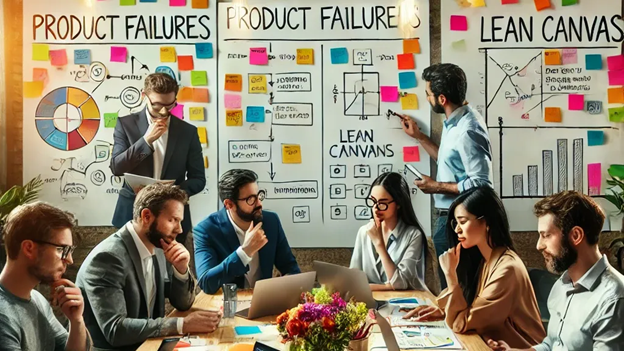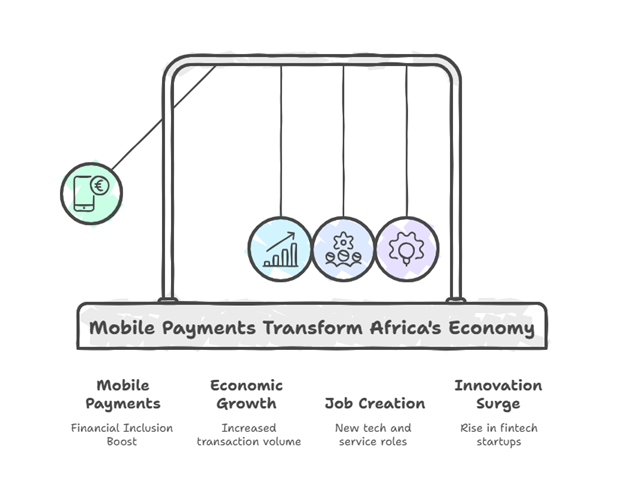
Africa: The Unlikely Global Leader in Mobile Payments (Yes, Really!)
Let’s face it: pulling out cash or swiping a card feels ancient these days. We’re living in the era of “tap, pay, and go,” where your phone is your wallet, and a coffee run happens with a flick of your wrist. But here’s the kicker—while Silicon Valley obsesses over crypto and Apple Pay, Africa’s been quietly running circles around the world in mobile money.
Yep, you read that right. Sub-Saharan Africa alone handles 70% of global mobile money transactions, with over 600 million users buzzing through payments like it’s nothing (GSMA 2023). And the wildest part? Cash is still king in many places. So how’d this happen?
It’s All About Hustle (and Necessity)
Only 43% of African adults have formal bank accounts, but in countries like Kenya and Ghana, mobile money penetration tops 60%. Why? Because Africa skipped the “banking” phase and went straight to digital. Forget fancy apps—this revolution runs on basic feature phones and USSD codes (those #magic number combos you’d text to check your balance).
In Somalia, where banks collapsed in 1991, mobile money platforms like EVC Plus are the financial system. Talk about turning lemons into lemonade (lol).
And the numbers are mind-blowing: In 2022, mobile money transactions in Africa hit $1 trillion—more than the GDP of most African nations. Let that sink in.
Africa didn’t just adopt mobile money; it reinvented it. Take Kenya’s M-Pesa, the godfather of mobile wallets. Launched in 2007, it’s now used by over 50 million people across seven countries. Need to split a bill? Kenyans shrug and say, “Just M-Pesa me.” Even street vendors have QR codes.
Meanwhile, in Nigeria, fintech startups like Paga and OPay are booming despite regulatory tussles. In Ghana, MTN Mobile Money is so mainstream that churches collect offerings via mobile cash.
But it’s not just payments. This ecosystem fuels life:
Pay-as-you-go solar: Companies like M-KOPA let users lease solar panels through micro-payments.
Cross-border magic: Send cash from Kenya to Tanzania in seconds—no SWIFT delays, no fees.
AI meets agriculture: Apps like FarmDrive use mobile payment data to offer loans to smallholder farmers.
But Wait—It’s Not All Smooth Sailing. Of course, innovation comes with headaches:
Fraud frenzy: “SIM swap” scams drain accounts. Providers are fighting back with AI behavior analysis.
Regulatory drama: Some governments see mobile money as a threat. Ethiopia only allowed private mobile money in 2023.
Interoperability blues: Sending money between providers (like M-Pesa to Airtel Money) can still feel like solving a Rubik’s Cube.
Africa’s mobile payment scene isn’t just “disruptive”—it’s rewriting the rules of finance. For millions, it’s the first (and only) way to save, borrow, or build a business. Sure, hurdles remain, but if Silicon Valley wants to see the future of money? It should look to Lagos, Nairobi, and Accra.
The next chapter? Even wilder - What's Next
Super-apps: M-Pesa now offers loans, insurance, and international remittances.
Digital currencies: Nigeria launched the eNaira, but adoption’s sluggish. Will others crack the code?
Big Tech’s FOMO: Meta (WhatsApp) and Google are eyeing Africa’s boom. Imagine sending cash via WhatsApp chat—it’s already happening in India.
In conclusion
I guess while the West debates the future of Web3, Africa’s already built it—with feature phones, grit, and zero pomp. Mobile money here isn’t a luxury; it’s oxygen for economies. So next time you tap your card, remember: The real fintech rebels are in Nairobi markets, Lagos streets, and Accra churches. Cash may still be king, but mobile money? It’s the ace up Africa’s sleeve!
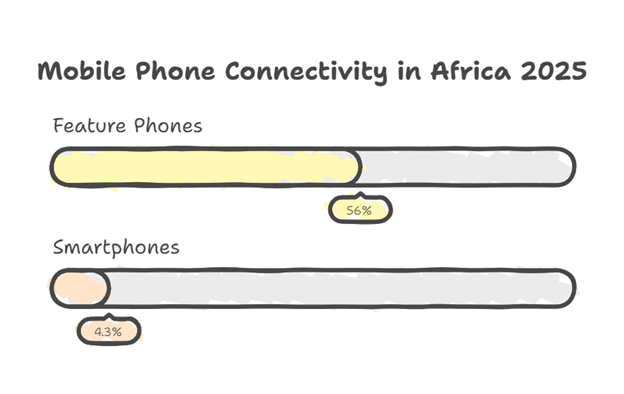

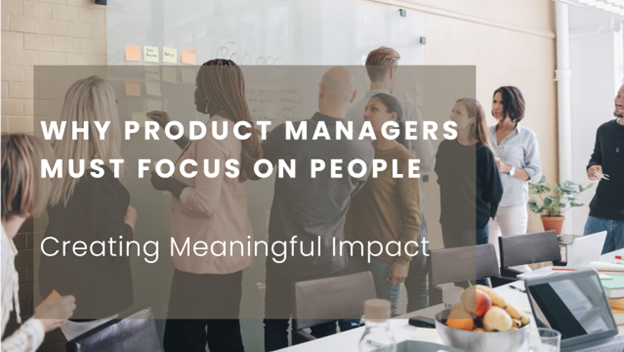
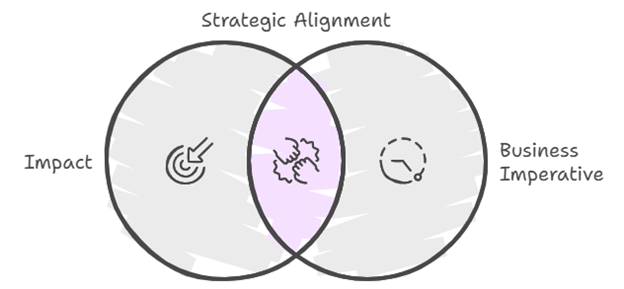 Let’s look at the data: Customer Experience Drives Loyalty
Let’s look at the data: Customer Experience Drives Loyalty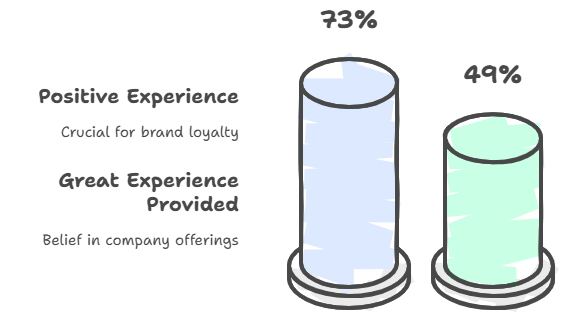 Customer-Centric Products Drive Growth
Customer-Centric Products Drive Growth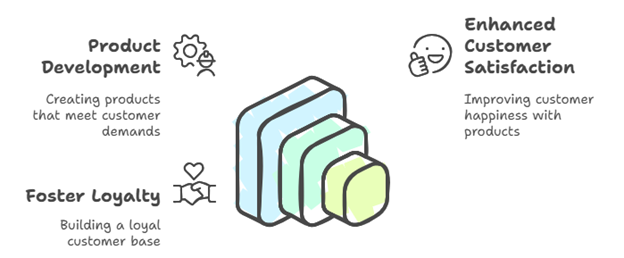 Poor Experiences Lead to Churn
Poor Experiences Lead to Churn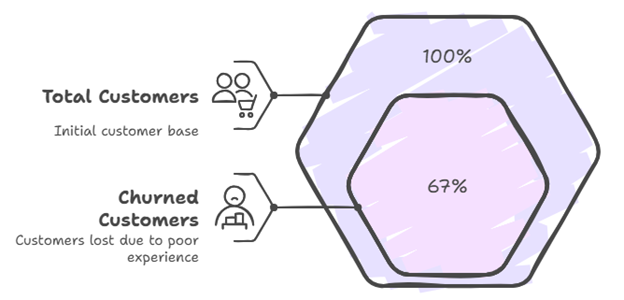 Sustainability Matters to Consumers
Sustainability Matters to Consumers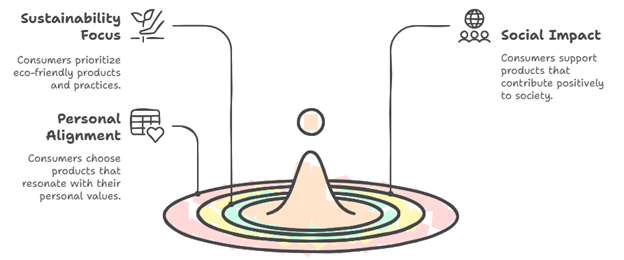 The data is clear: creating impact isn’t just good for users—it’s good for business.
The data is clear: creating impact isn’t just good for users—it’s good for business.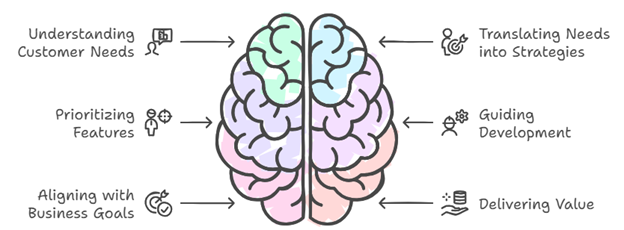 So, let’s do more of:
So, let’s do more of: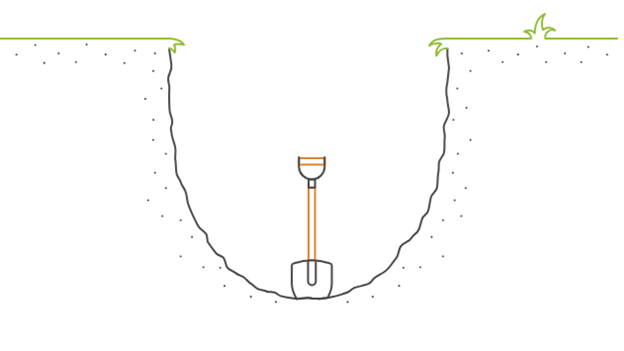
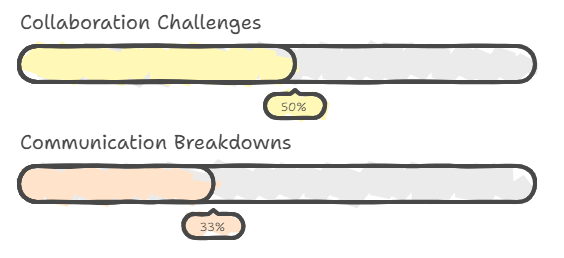 2. Managing Cross-Functional Teams
2. Managing Cross-Functional Teams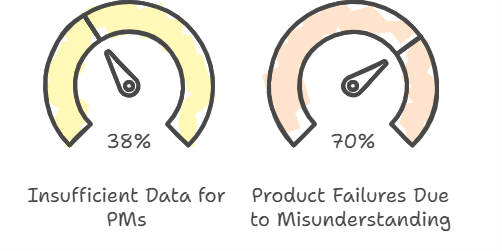 3. Insufficient Customer Insights
3. Insufficient Customer Insights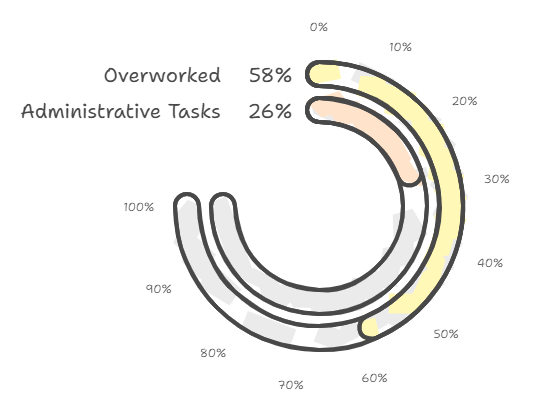 4. Time Management and Overwork
4. Time Management and Overwork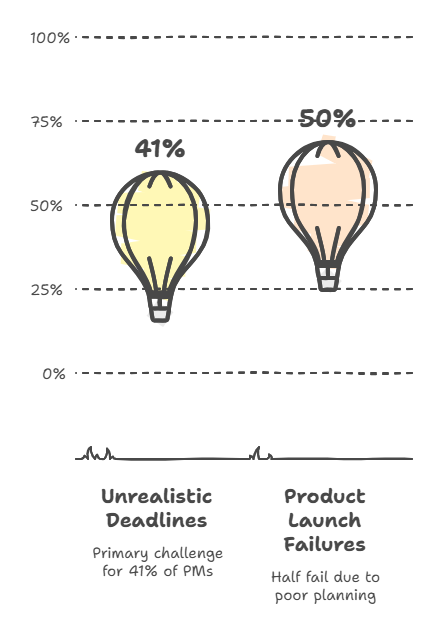 5. Delivering on Deadlines
5. Delivering on Deadlines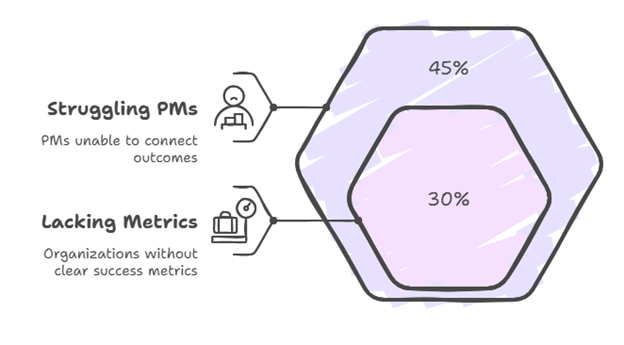 6. Measuring Success and ROI
6. Measuring Success and ROI 7. Navigating Rapid Technological Change
7. Navigating Rapid Technological Change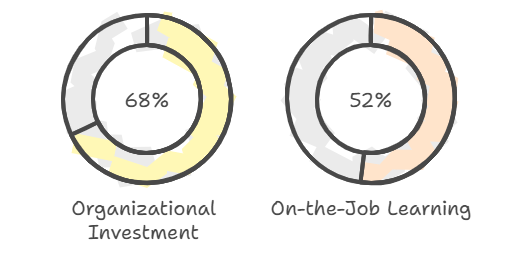 8. Lack of Training and Professional Development
8. Lack of Training and Professional Development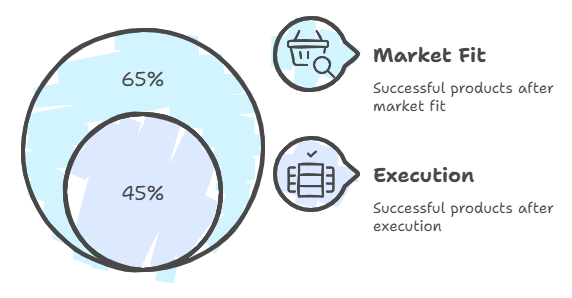 9. Resistance to Change
9. Resistance to Change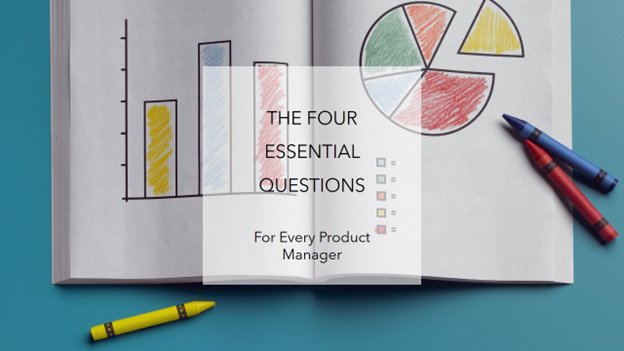
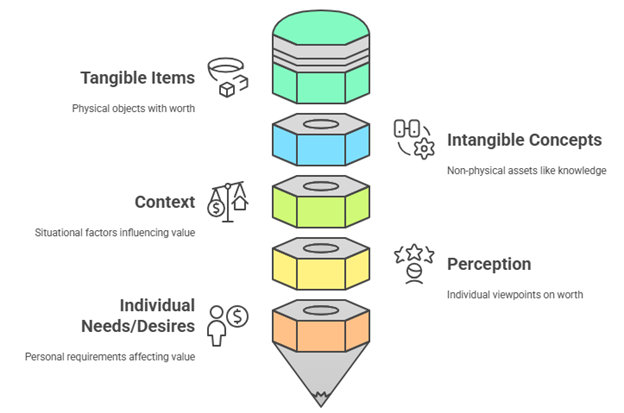 The first and most critical question centers on the value proposition. Value is the bedrock of a successful product. If the product isn’t valuable, everything else becomes irrelevant. To determine value, consider:
The first and most critical question centers on the value proposition. Value is the bedrock of a successful product. If the product isn’t valuable, everything else becomes irrelevant. To determine value, consider: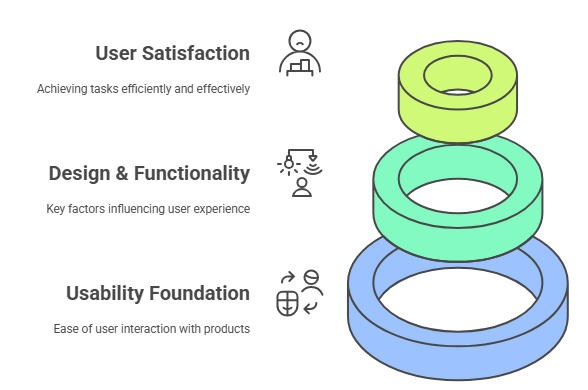 Usability is the second pillar of a successful product. A product can be immensely valuable but fail if users find it too complex or confusing to use. This is where design, user experience (UX), and accessibility come into play. Key considerations include:
Usability is the second pillar of a successful product. A product can be immensely valuable but fail if users find it too complex or confusing to use. This is where design, user experience (UX), and accessibility come into play. Key considerations include: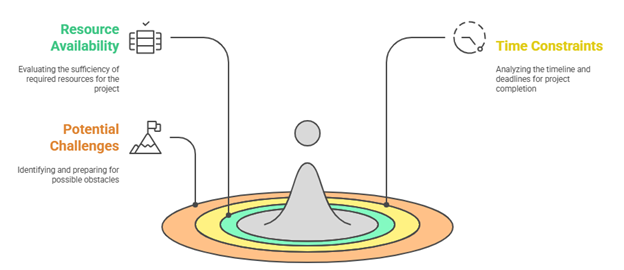 Feasibility addresses the practical realities of building and delivering the product. This question digs into the internal capabilities and resources available to the team:
Feasibility addresses the practical realities of building and delivering the product. This question digs into the internal capabilities and resources available to the team: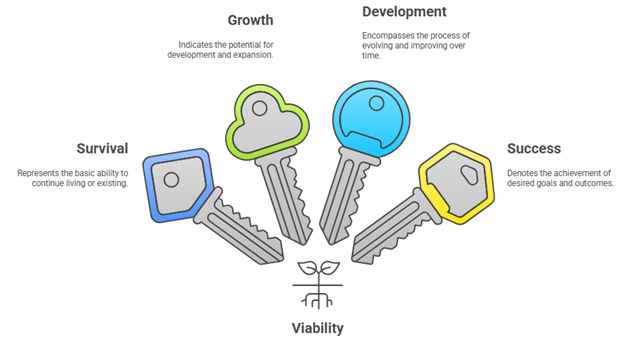 Finally, viability examines whether the product can thrive in the market and sustain itself financially and operationally. This encompasses:
Finally, viability examines whether the product can thrive in the market and sustain itself financially and operationally. This encompasses: For a product to succeed, it must pass all four tests: it must be valuable, usable, feasible, and viable. If any one of these dimensions is lacking, the product’s chances of success diminish significantly. These questions aren’t one-time considerations; they are ongoing checkpoints that should inform every stage of the product development lifecycle.
For a product to succeed, it must pass all four tests: it must be valuable, usable, feasible, and viable. If any one of these dimensions is lacking, the product’s chances of success diminish significantly. These questions aren’t one-time considerations; they are ongoing checkpoints that should inform every stage of the product development lifecycle.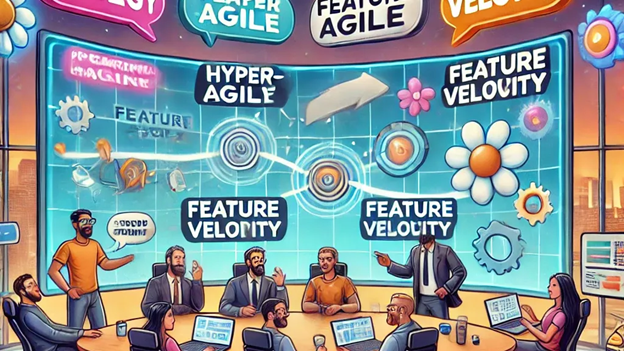
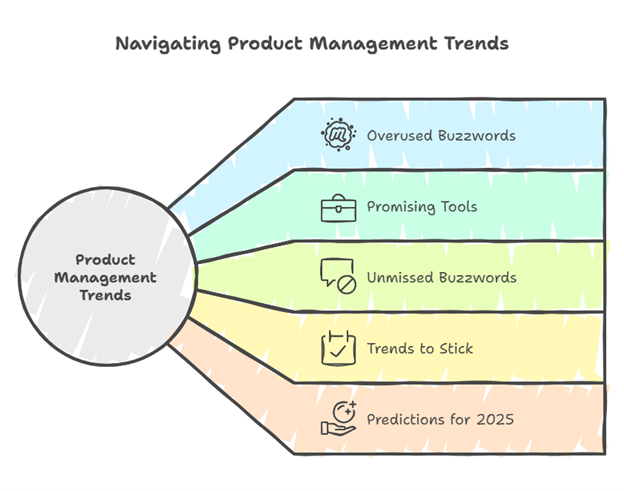 The Overuse of the Word “Synergy”
The Overuse of the Word “Synergy”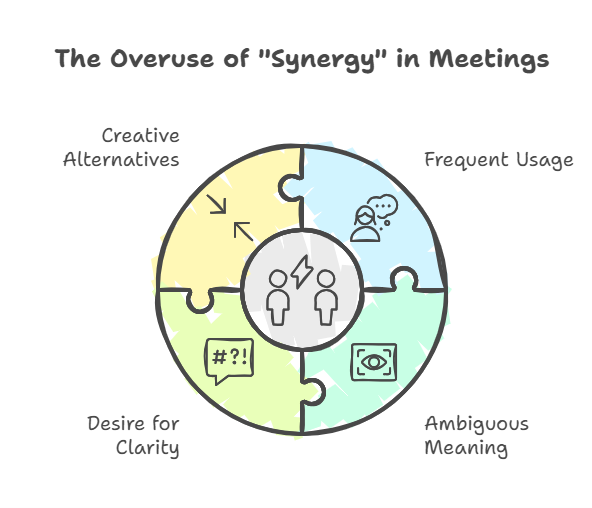 Tools That Promised the World (But We Still Love Jira)
Tools That Promised the World (But We Still Love Jira)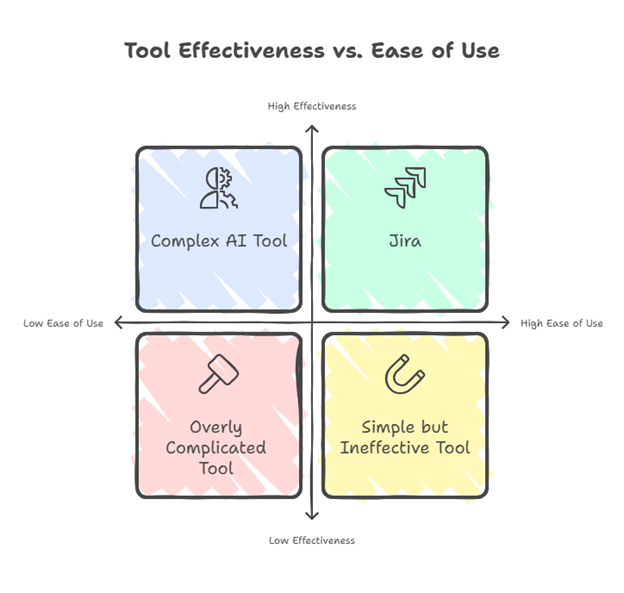 Buzzwords We Won’t Miss in 2024
Buzzwords We Won’t Miss in 2024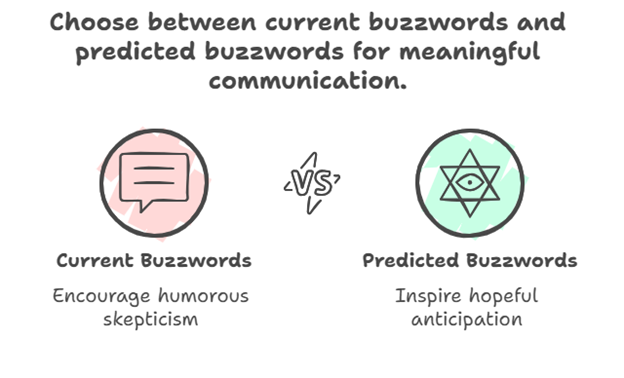 Trends That Should Stick Around
Trends That Should Stick Around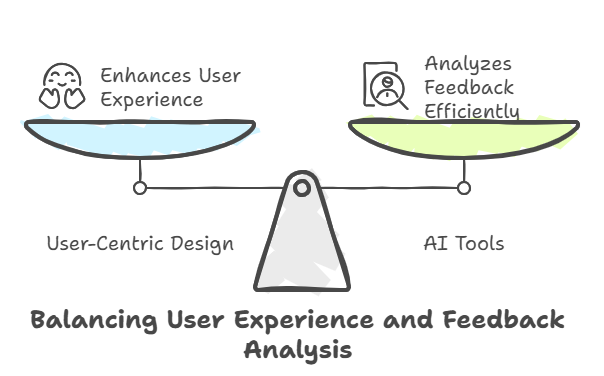 Predictions for 2025
Predictions for 2025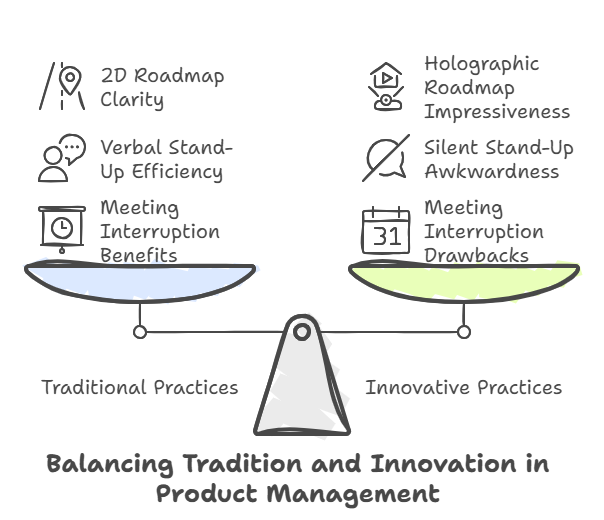 Conclusion
Conclusion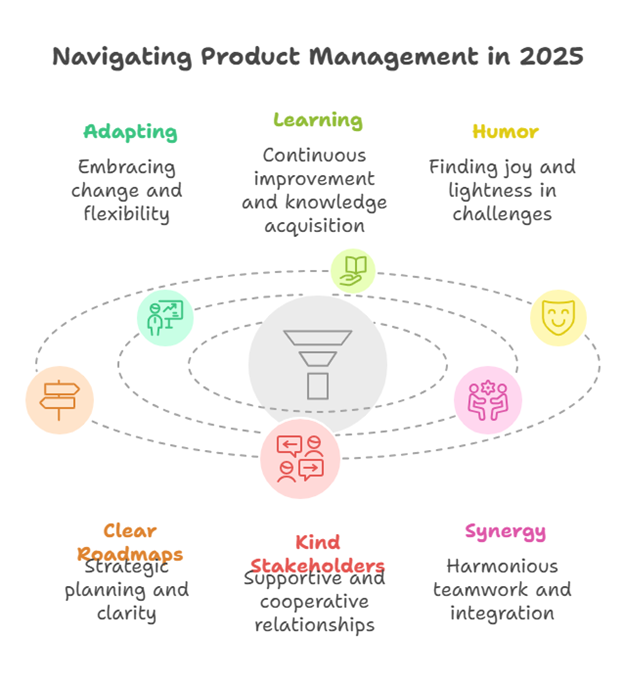

 When I first joined, I thought everyone in the tech world was speaking the same language. But it didn’t take long for me to realize that MVP, roadmap, and pivot are more than buzzwords—they have different meanings depending on the team or company.
When I first joined, I thought everyone in the tech world was speaking the same language. But it didn’t take long for me to realize that MVP, roadmap, and pivot are more than buzzwords—they have different meanings depending on the team or company. If you’ve ever been the person everyone turns to for answers, but you’re not quite sure yourself, then you’ve experienced the role of a product manager. You’ll be expected to make decisions, answer questions, and align different teams, but often, you won’t have the official authority to just “tell people what to do.”
If you’ve ever been the person everyone turns to for answers, but you’re not quite sure yourself, then you’ve experienced the role of a product manager. You’ll be expected to make decisions, answer questions, and align different teams, but often, you won’t have the official authority to just “tell people what to do.”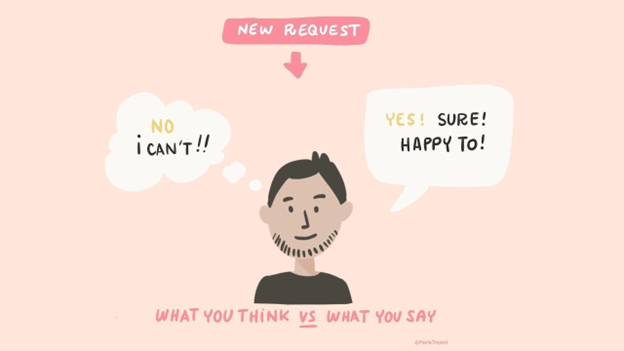 I thought I was hired to say yes to everything. After all, if I was agreeing with stakeholders, that meant progress, right? Wrong. Saying “no” is just as important in product management as saying “yes,” especially when prioritizing what will bring the most value.
I thought I was hired to say yes to everything. After all, if I was agreeing with stakeholders, that meant progress, right? Wrong. Saying “no” is just as important in product management as saying “yes,” especially when prioritizing what will bring the most value.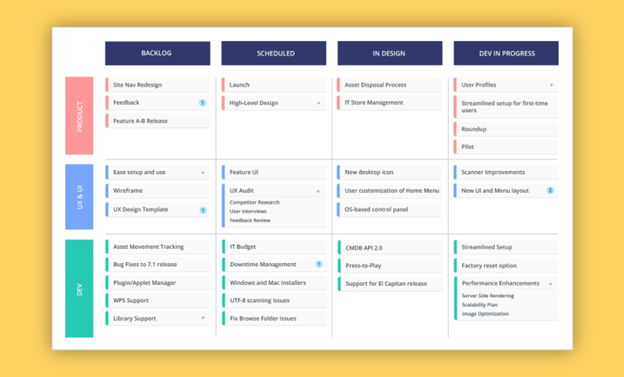 In my early days, I envisioned the roadmap as a static document, something we’d follow to the letter. But I quickly learned that in product management, the roadmap is more like a living, breathing thing. It’s constantly evolving based on customer feedback, market shifts, and team capacity.
In my early days, I envisioned the roadmap as a static document, something we’d follow to the letter. But I quickly learned that in product management, the roadmap is more like a living, breathing thing. It’s constantly evolving based on customer feedback, market shifts, and team capacity.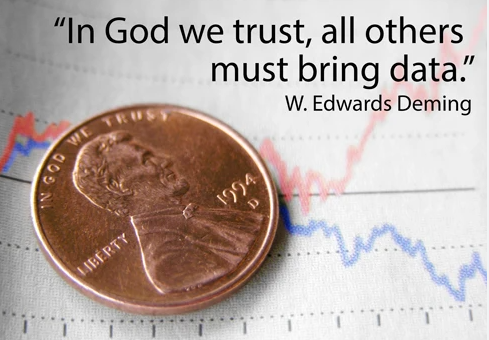 As a product manager, I thought I was supposed to have all the answers. But data doesn’t always give you a clear answer. Sometimes it gives you more questions.
As a product manager, I thought I was supposed to have all the answers. But data doesn’t always give you a clear answer. Sometimes it gives you more questions.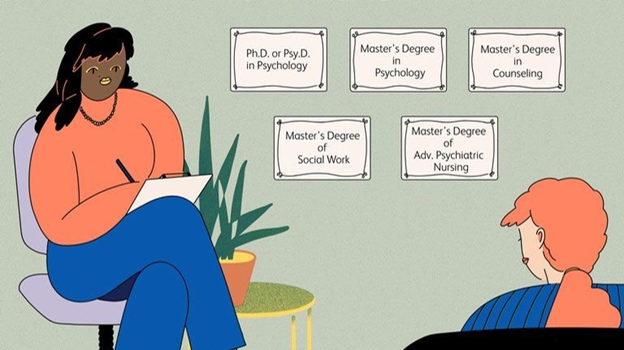 Product managers do more than just plan and execute. We’re also emotional support for our teams.
Product managers do more than just plan and execute. We’re also emotional support for our teams. Before I became a PM, I had no idea how many meetings I’d be in. Sprint planning, stakeholder updates, product reviews, status meetings—it felt like my entire day was spent discussing work, not doing it.
Before I became a PM, I had no idea how many meetings I’d be in. Sprint planning, stakeholder updates, product reviews, status meetings—it felt like my entire day was spent discussing work, not doing it.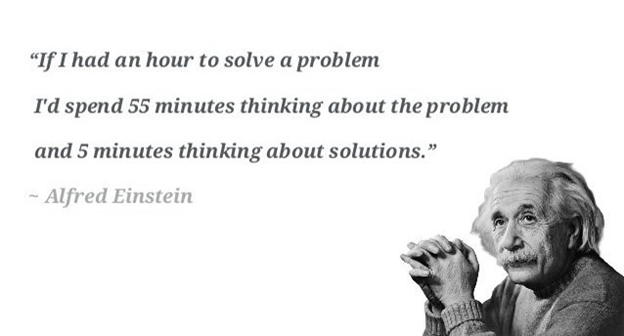 I used to think that quick solutions were a sign of progress. But in product management, jumping to the first solution without fully exploring the problem is a mistake.
I used to think that quick solutions were a sign of progress. But in product management, jumping to the first solution without fully exploring the problem is a mistake. As a PM, you often feel like you're the one at the front of the parade. But the truth is, every success is built on the efforts of multiple people. The dev team, the designers, the QA testers—they’re all part of the victory.
As a PM, you often feel like you're the one at the front of the parade. But the truth is, every success is built on the efforts of multiple people. The dev team, the designers, the QA testers—they’re all part of the victory. Just when you think you have it all figured out, you’ll learn something new. Whether it’s a new tool, framework, or approach, product management is a field that constantly evolves.
Just when you think you have it all figured out, you’ll learn something new. Whether it’s a new tool, framework, or approach, product management is a field that constantly evolves.